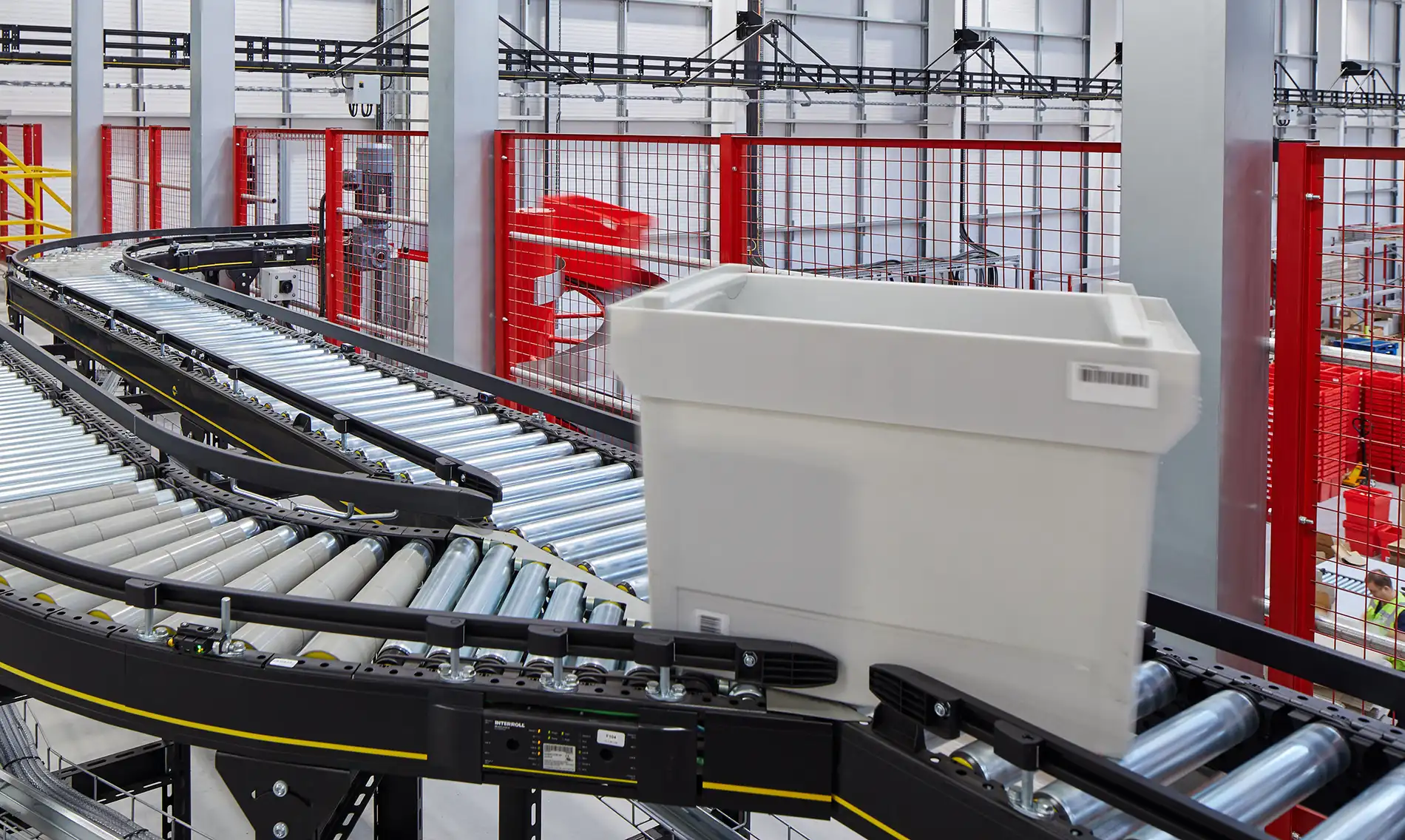Choosing the right conveyor system can be a challenging and even daunting task for eCommerce, warehousing, and fulfilment centre operations. Conveyor Systems Ltd (CSL) has developed a ten-step plan to simplify this process and ensure that you select the most efficient and cost-effective system for your needs.
The Ten Steps to conveyor selection:
Preliminary investigation
1 Consult a number of reputable conveyor system companies to evaluate their capabilities. Some more progressive companies can provide not only 2D Autocad drawings but in some cases a 3D layout using the latest software technology to help design and manufacture a cost-effective conveyor system.
2 After assessing the design and manufacturing capabilities of suppliers, prepare a User Requirements Specification or Request For Quote (RFQ) document including a criteria and rough working layout of the system, highlighting end results you wish to achieve. Set ‘ball-park’ budgetary constraints for the project, allowing financial flexibility to ensure cost effective designs are proposed. Often conveyor manufacturers and system integrators can suggest special conveyor modules such a, transfers/diverts, highspeed sortation, auto packing machines, vertical elevators etc that generally cost more, but result in a more economical and efficient operation.
3 Prepare a plan of ‘available power services’. Knowing the location of electrical outlets and air pressure lines may have bearing on the system layout and help to simplify the power system design.
4 Invite at least three companies to bid on a conveyor project. Their bids should include preliminary design drawings that are detailed to allow comparative analysis. Poor design capabilities at this stage can result in a conveyor system being totally ineffective at a later stage, therefore it is essential that each project tender is carefully considered.
Quotations should contain product description, size and weight capacity; flow throughput; roller centres and type; belt finishes; materials of construction; proposed system layouts.
When evaluating bids, review all aspects of the system – including design, quality, materials and installation support services. The location and financial stability of the supplier should also be considered, as this can affect continuity and availability of product, along with future servicing.
You are now in a position to select your chosen supplier.
5 Schedule a time table for installation of the system with critical deadlines, one that a supplier can realistically meet. Avoid procrastination as this will only delay the project commencing.
6 Examine the proposed drawings carefully for any design defect and question the supplier for clarification on throughputs speeds. You need to be clear in your mind of the anticipated end results. Any modifications should be discussed and agreed at this stage to avoid delays on installation and escalating costs; do not always leave it to the supplier to confirm any agreement in writing.
7 Approximately four weeks prior to the negotiated delivery date, re-examine the proposed conveyor site checking the necessary power and service connections and making sure the areas is cleared of debris with free access. Loading dock areas should be cleared to receive conveyors and security personnel notified of arrival times and dates; particularly if installation is to take place after working hours. This is where you can refer to the agreed scheduled timetable.
One caution: – Use of any part of the system should not be planned until the entire system is installed and commissioned, unless this has been specifically agreed in the sales contract.
8 Once all the equipment is in place, perform a final test of the entire system and produce a detailed, but fair ‘snag list’, recording all existing or potential problems.
Where a system is involved, prepare a list of commissioning tests/functions headed by your project manager and project team. The project team should perform a one/two day start up inspection and be specific when identifying problems. All timing, operating speeds, workmanship and other associated problems should be listed and presented to the supplier with an agreed time frame for the supplier to correct the flaws.
The warranty clock starts now, so be aware that all undetected problems could result in more expenditure later on. Additional details or system refinements not previously considered during the original design stage can be added at this time. However, costs for such additions are the purchaser’s responsibility.
9 Plan a comprehensive training programme for all personnel involved in the system operation. An in-service system demonstration should be performed, noting emergency procedures and function improving adjustments that must be followed. ‘Do not touch’ restrictions should also be highlighted at this time.
The maintenance supervisor should receive all mechanical and electrical drawings, along with service telephone numbers for assistance or spares.
10
Ensuring Long-Term efficiency with aftersales care
To maintain the efficiency and longevity of your conveyor system, it’s crucial to arrange appropriate service contracts which include comprehensive mechanical and electrical servicing as well as the provision of spare parts. These contracts ensure that your system is regularly maintained and any potential issues are addressed promptly, preventing downtime and extending the life of your investment.
You can also contact us on 01283 55 22 55, email [email protected] or visit www.conveyorsystemsltd.co.uk














